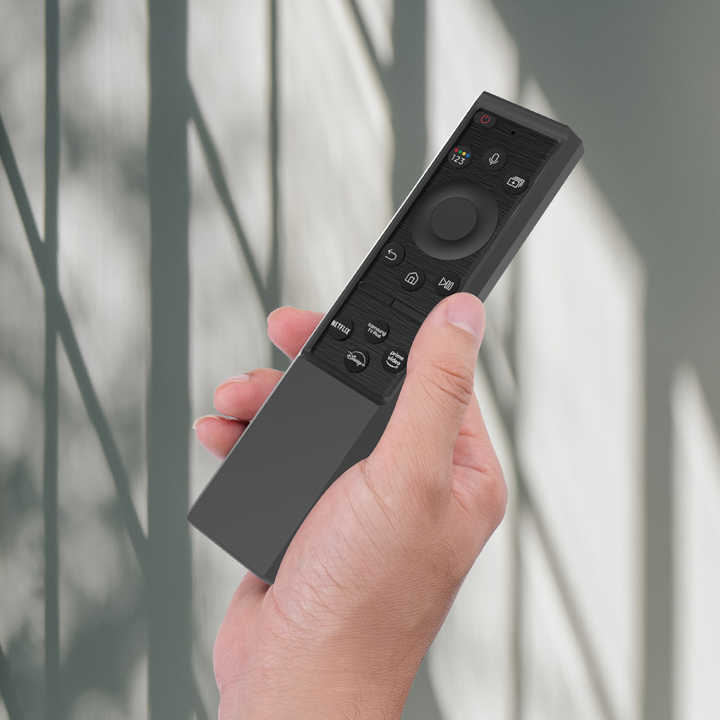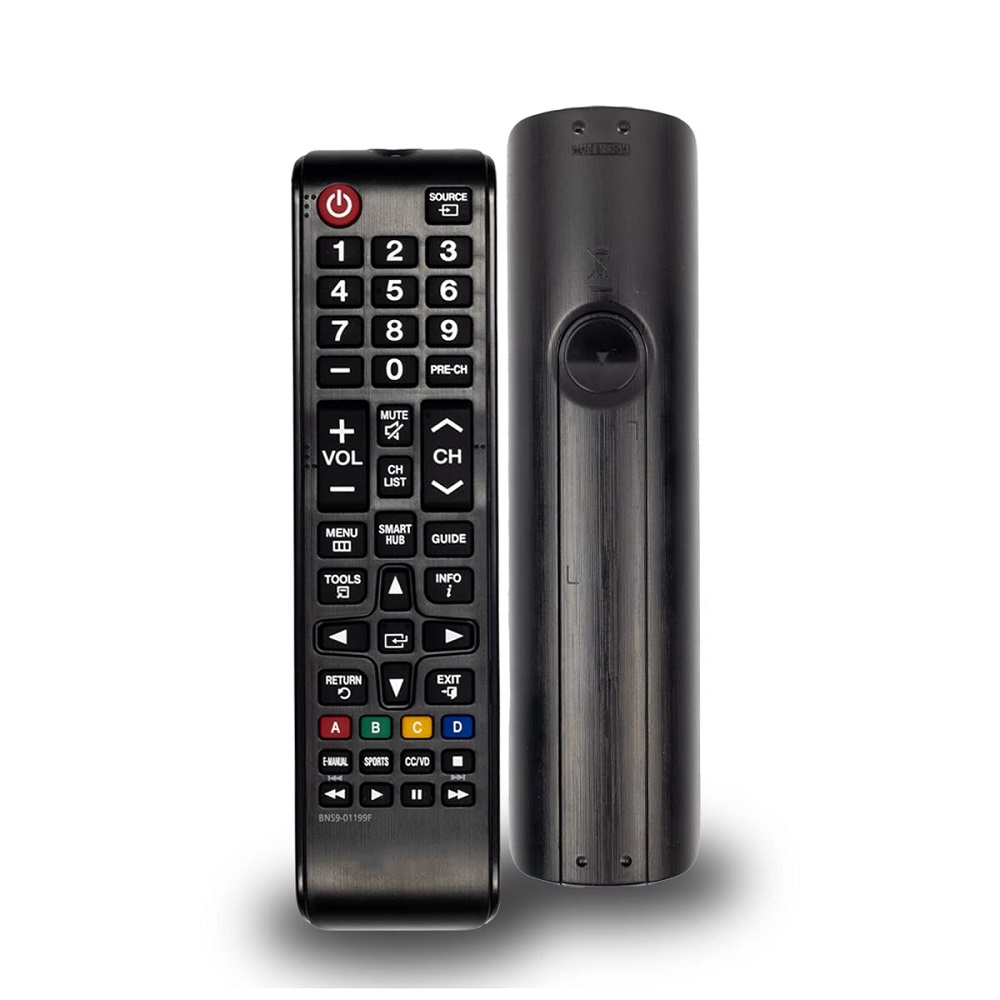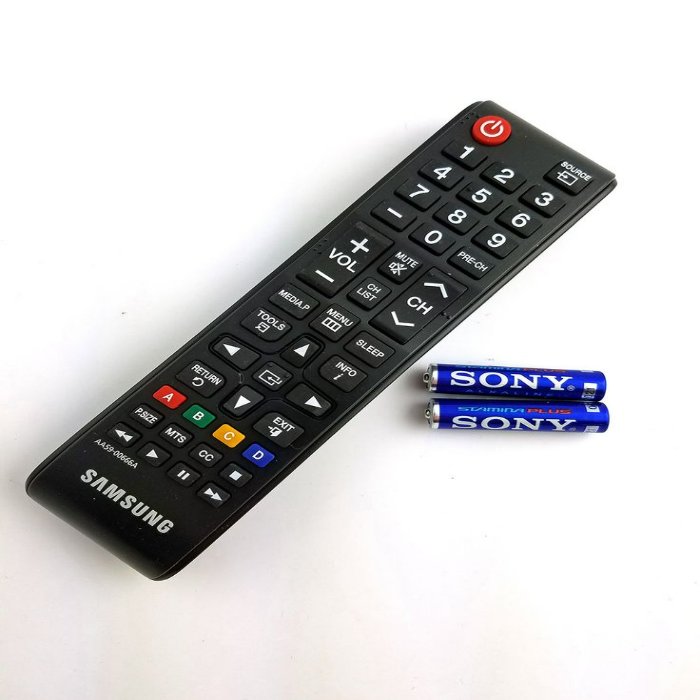Changing the batteries in your Samsung TV remote seems like a straightforward task. However, you might experience some unexpected issues afterward. This article unveils common problems that may occur post-battery change and provides practical solutions to help you get back to enjoying your favorite shows seamlessly.
The Remote Isn’t Working at All
One of the initial problems you may encounter is the remote failing to respond entirely after replacing the batteries. If your remote is lifeless, the simplest explanations often lie behind it.
First, double-check the battery installation. Ensure that the positive and negative terminals are correctly aligned. Samsung remotes, like many others, require precise placement of batteries to function correctly. If the batteries are inserted incorrectly, the remote won’t power on.
Next, examine the batteries themselves. Ensure they are new and fully charged. Occasionally, batteries can be defective or depleted, even when they appear to be new. Trying a different set can eliminate this issue.
If the remote still does not work, look for any potential obstructions between the remote and the television. An oblique angle or an object blocking the infrared receiver can disrupt communication.
Lastly, if the previous steps don’t work, consider resetting the remote. Remove the batteries, press every button for about 10 seconds, then reinstall the batteries. This process can recalibrate the remote and restore functionality.

Unresponsive Buttons After Battery Change
Another common grievance following a battery change is unresponsive buttons on the remote. While it can be frustrating, it’s often a problem that can be easily fixed.
Often, dirt and grime can accumulate under the buttons, inhibiting their movement. Consider cleaning your remote thoroughly. Use a soft cloth slightly dampened with rubbing alcohol to gently clean the surface. Ensure that moisture does not seep into the interior.
Moreover, check if the button mechanisms are stuck. Sometimes, pressing a button too hard or too often can jam it, resulting in poor functionality. Gently pry beneath the button using a toothpick or similar object to ease any sticking.
If the buttons remain unresponsive after cleaning, the batteries may not provide adequate power. Inspect the battery contacts inside the remote for corrosion or debris. Wipe the contacts with a cotton swab dipped in rubbing alcohol to ensure a clean connection.
In some cases, old remotes may simply wear out over time. If your remote is significantly aged or has undergone extensive use, consider obtaining a replacement remote. The ease of use it brings can enhance your overall viewing experience.
Samsung TV Doesn’t Recognize Remote After Battery Change
Occasionally, your Samsung TV may fail to recognize the remote control after you’ve replaced the batteries. This issue may arise due to a disconnection between the remote and the TV.
Start by ensuring your TV is powered on. A common oversight is assuming the TV is on when it’s not. Also, ensure that the infrared emitter on your remote is functional by checking for a red light when pressing any button.
If no light appears, it likely means your remote is still non-operational. As a solution, replace the batteries again or reset the remote as described in an earlier section.
In some instances, your TV may lose the connection with the remote. Initiate the pairing process by pressing and holding the ‘Return’ and ‘Play/Pause’ buttons simultaneously until the TV displays a message indicating that the remote is connected.
If the problem persists, it may be beneficial to unplug your TV from the power source for a few minutes. This can reset the internal systems and potentially resolve remote connectivity issues.

Remote Interference with Other Devices
After changing the batteries, you might notice that your remote suddenly starts interfering with other devices. This can be particularly frustrating if you own various smart devices that rely on remote controls.
In many cases, this issue may arise from the remote accidentally sending signals to devices during usage. If possible, avoid pressing multiple buttons simultaneously as it can result in unwanted interactions across all devices.
Additionally, investigate the settings on the TV itself. Unintended automation may have occurred during setup, allowing control signals to overlap between devices. Review the connection settings in your Samsung TV menu and ensure that each device is appropriately segmented for individual control.
You might also want to check other remotes that operate on similar frequency bands. If you have other devices nearby—which may be remote-controlled—try relocating them further from your Samsung TV to eliminate interference.
If none of these tips improve your situation, you might need to change the frequencies or even the settings on your other devices for better compatibility.
Remote Control Not Pairing with Smart Features
Samsung’s remote is equipped with smart features, including voice control and shortcuts to streaming services. It can be aggravating if these functionalities stop working after a battery change.
The first troubleshooting advice is to ensure you are using the correct version of the remote designed for your specific Samsung TV model. Using a remote intended for a different model may lead to compatibility issues.
Next, reinitialize the pairing process through the TV’s settings. Navigate to the setup menu, and go to the ‘General’ section, followed by ‘External Device Manager.’ Here you can select ‘Device Connection’ to pair your remote again.
If the smart features remain unresponsive, check for firmware updates on your TV. Sometimes, software updates can cause disruptions necessitating reconnections for its functionalities.
Ultimately, if none of the troubleshooting methods yield results, consider reaching out to Samsung support. They can provide further assistance tailored to your specific problem.

Battery Corrosion Issues
Corroded battery terminals may be an unexpected obstacle after changing batteries in your Samsung remote. This issue often arises if batteries are left in for an extended period, resulting in leaked contents.
The first step involves inspecting the battery compartment carefully. If you notice a white powdery substance, there’s a significant chance of corrosion. Begin by removing the batteries immediately to prevent further damage.
To address the corrosion, use a mixture of vinegar and baking soda to form a paste. Apply it to the affected areas using a cotton swab, ensuring you only target the corroded sections. Let it sit for a few minutes, then gently scrub using an old toothbrush to remove residue. Afterward, clean the surface again with rubbing alcohol.
Allow the compartment to dry completely before putting in new batteries. Continuous usage of a corroded remote may lead to irreversible damage, making timely restoration crucial.
If the remote continues to display malfunctioning behavior, it might be time to consider purchasing a new one. Battery corrosion can often lead to internal damage beyond repair.
Automatic Power-Off Issues
After setting Samsung TV remote battery change, you may find your Samsung TV automatically turns off unexpectedly. This is known as an auto power-off issue and is often perplexing.
Check the settings on your TV to determine whether the ‘Auto Power Off’ feature has been inadvertently activated. Navigate to ‘Settings,’ then ‘General,’ and finally ’System Manager.’ Disable the Auto Power Off option if it’s on.
Another potential cause may link to the remote being intermittently pressed. Ensure no buttons are stuck down, causing the TV to think you’re selecting the option to power off.
If you notice your TV is unresponsive during interactions, take a moment to keypad clean. Removing any dirt or debris from the remote can limit issues related to unintended button presses.
Should the automatic power-off behavior persist and none of the solutions resolve the issue, it’s worth considering that perhaps external factors outside of the remote control may affect functionality. Reviewing your cable connections or other peripherals may help diagnose the problem as well.
Conclusion: Restore Remote Functionality
Encountering problems after a Samsung TV remote battery change can be frustrating, but these issues are often resolvable. From unresponsive buttons to auto power-off functions, staying proactive can help locate and address faults effectively.
Thoroughly checking battery installation, cleaning components, and ensuring connections can eliminate many common issues. For persistent problems, utilizing the Samsung support team can provide personalized assistance.
Embracing a bit of caution with your remote can foster a seamless viewing experience. By following the steps outlined here, you can restore functionality to your Samsung TV remote and return to an enjoyable home entertainment experience.